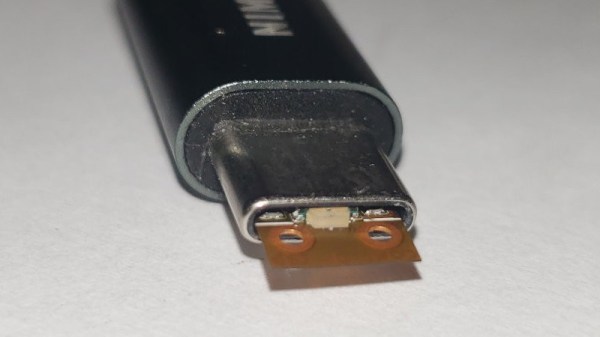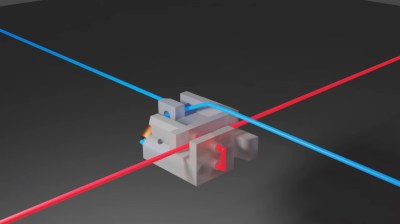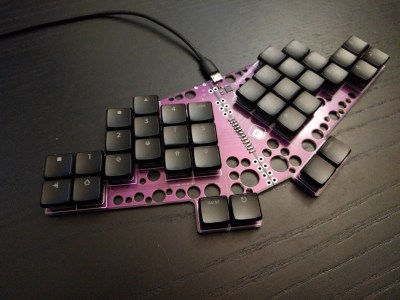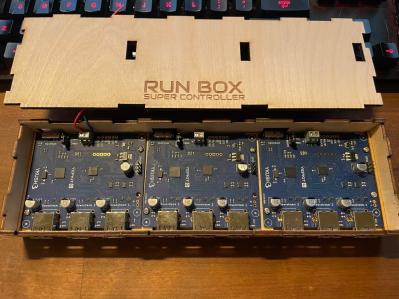USB connectors have lent themselves to creative interpretations of their mechanical specifications ever since the first experimenter made a PCB fit into a USB-A socket. The USB-C standard with its smaller connector has so far mostly escaped this trend, though this might be about to change thanks to the work of [Sam Ettinger]. His own description of his USB-C connector using a flexible PCB and a BGA-packaged ATTiny84A microcontroller is “cursed”, but we can’t decide whether or not it should also be called “genius”.
Key to this inspired piece of connector fabrication is the realization that the thickness of BGA and flex PCB together comes to the required 0.7 mm. The BGA provides the necessary stiffness, and though it’s a one-sided connector it fits the space perfectly. There are several demo boards as proofs-of-concept, and the whole lot can be found in a GitHub repository.
We can see this technique finding a use in all kinds of diminutive USB-C projects, however cursed or genius it may be. We like to see projects that push the edges of what can be done with the medium, with a nod to a previous cursed USB-C device.
Continue reading “Genius Or Cursed, This USB-C Connector Is Flexible”









 The modified USB hub is housed in a laser-cut enclosure with plenty of space to hook up a variety of USB devices. The touchscreen neatly fits just above [Matt]’s keyboard; this setup was inspired by head-down displays used in aircraft which similarly use a small additional screen for peripheral functions.
The modified USB hub is housed in a laser-cut enclosure with plenty of space to hook up a variety of USB devices. The touchscreen neatly fits just above [Matt]’s keyboard; this setup was inspired by head-down displays used in aircraft which similarly use a small additional screen for peripheral functions.









